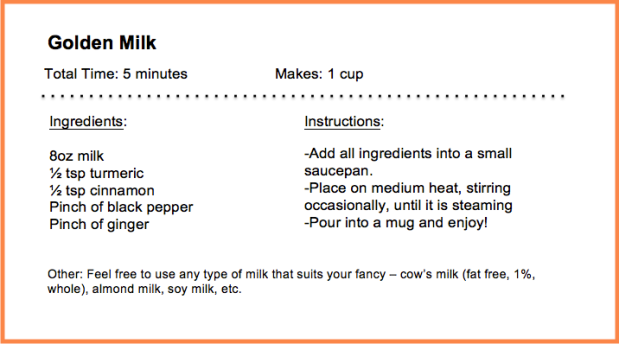Hi Lemon Wedge friends! It has been a while, but I haven’t forgotten about my blog. I took a little bit of time off from blogging (even though that it is a little hypocritical based on my last post about how students should be blogging – oops! #guilty) because a lot and a little have all been happening at the same time. After an incredibility busy last school year taking graduate classes and completing my Dietetic Internship, I was burnt out to say the least – just read almost any post I wrote about my internship…I was always talking about how busy I was. Anyways, I spent this semester enjoying a lot more free time with friends (and taking some exciting trips to Chicago, DC, Pittsburg, and Raleigh), testing out the ketogenic diet, learning more about nutrition (including integrative and functional nutrition—more to come in the next few posts), completing my master’s degree, and figuring out what’s “next”.
One of my post-grad goals is to have my own private nutrition consulting practice to work one-on-one with patients, but also maybe teach classes, do some corporate wellness, work with food and health brands, and continue blogging. The development of this is still in the works, but I will definitely be sharing as things being to develop.
Before I build a business or get a “real person” job as a dietitian, I will be taking a big trip around the globe! From January to around April I’ll be anywhere from India to New Zealand to Germany and quite a few places in between. I had to take advantage of this time in my life to see and experiences places I have only dreamed about.
Now, I am officially getting back on the blogging bandwagon, but with these big plans coming up, my blog posts might be changing a little bit. As my life changes, my blog posts will be evolving with me, but I’m honestly not sure exactly what that will look like yet. I’ll still keep it nutrition and health related but you might see some exotic foods and travel tips, plus maybe some business building updates and integrative and functional nutrition wisdom.
Anyways, I can’t wait for this next chapter of my life (and blog) and hope you enjoy being along for the ride. With only 5 days until graduation, the next time I post I will officially have a master’s degree and two more letters added to my name! à Dana Goldberg, (almost) MS, RDN










